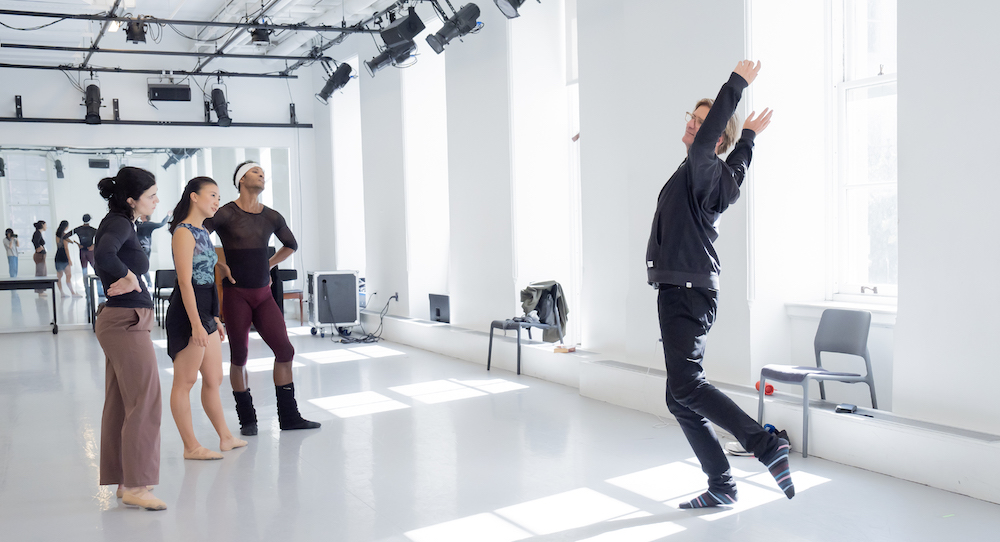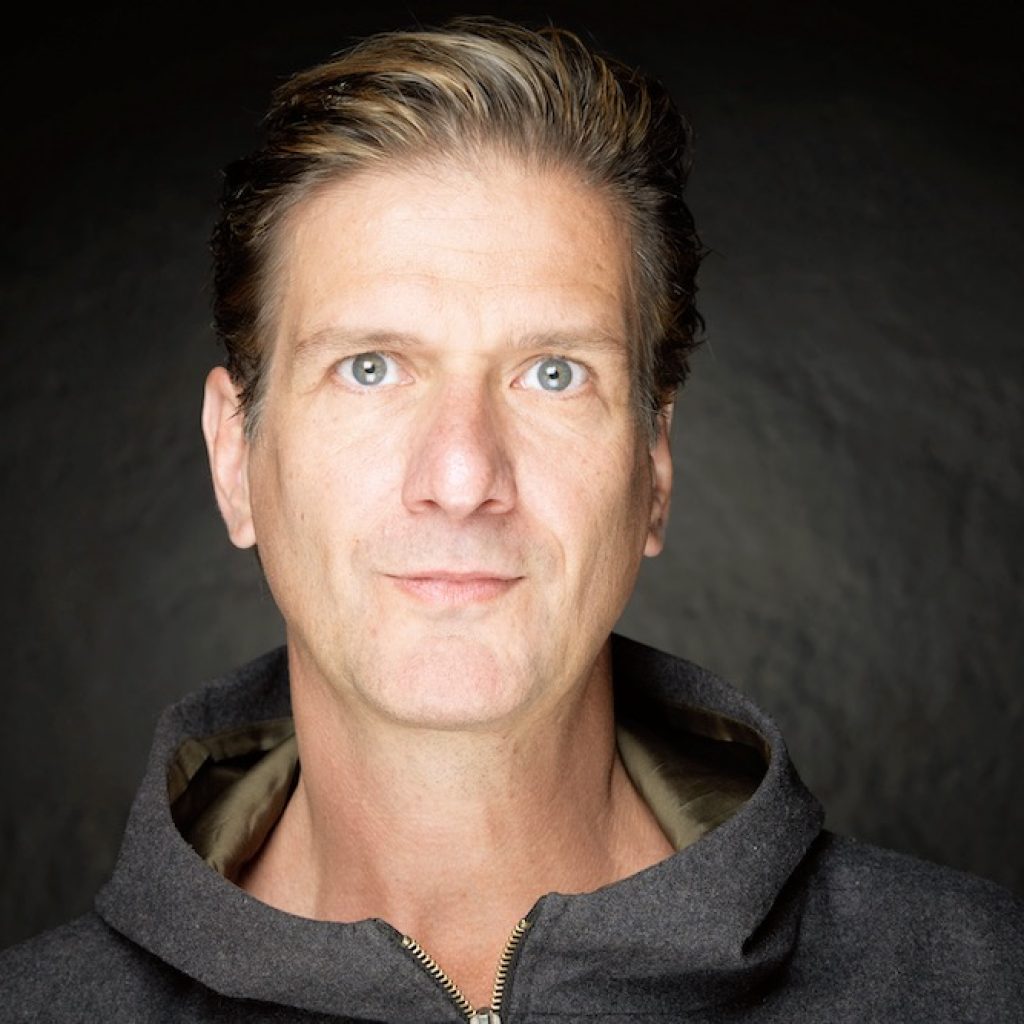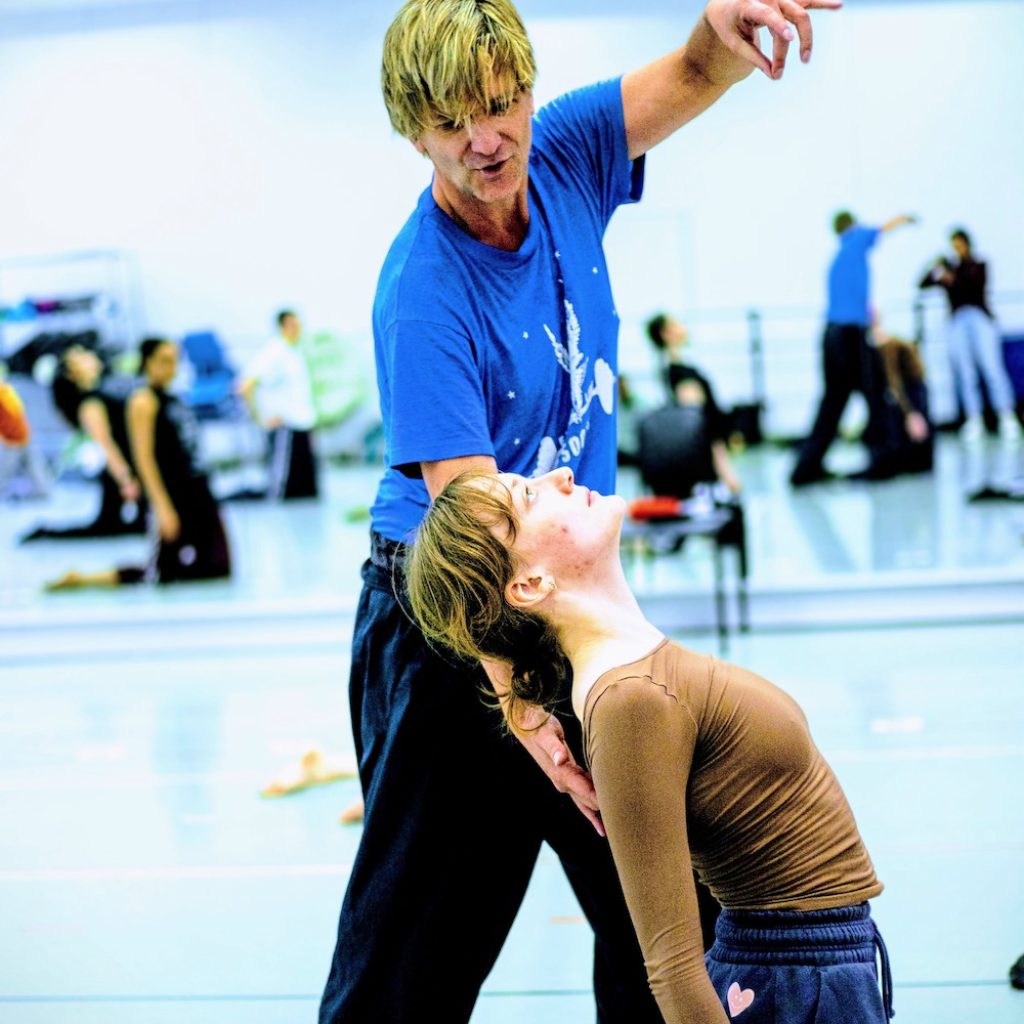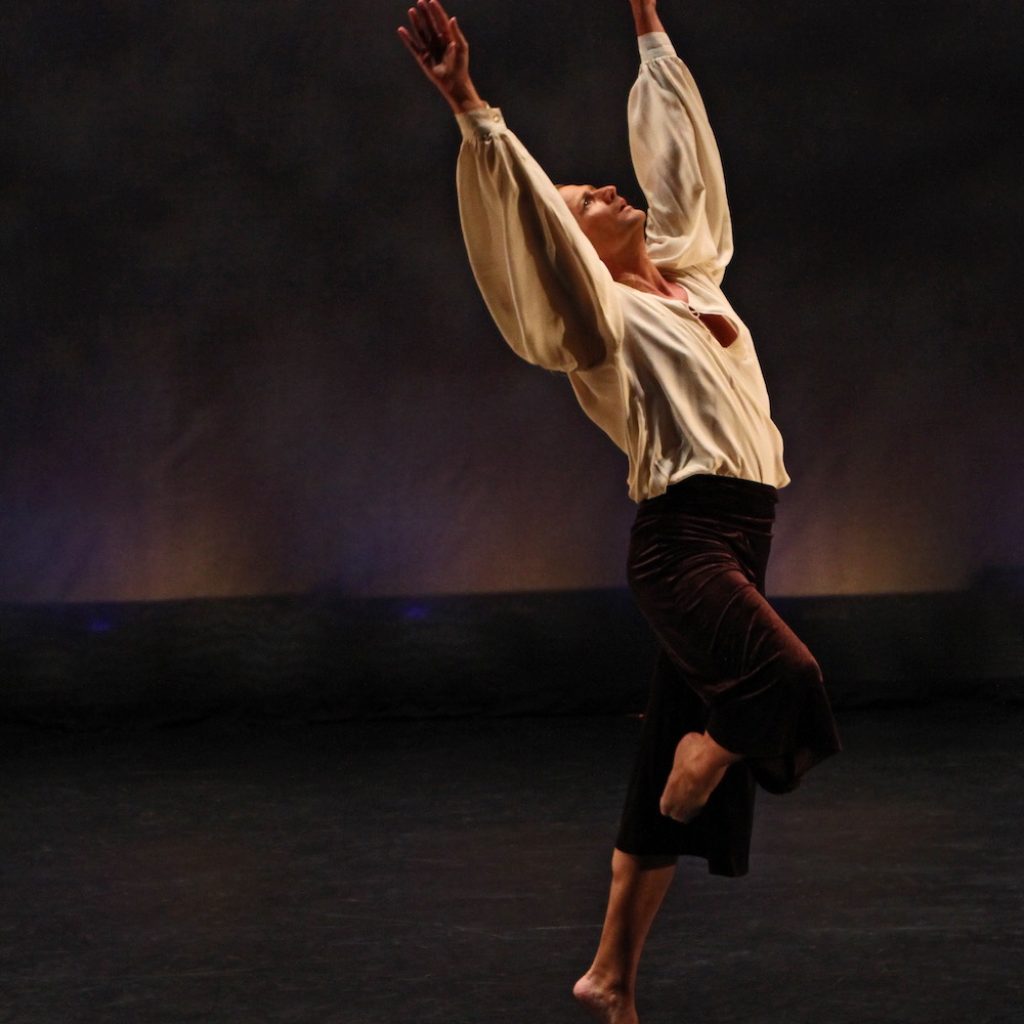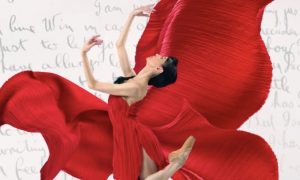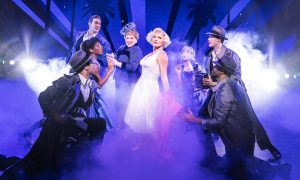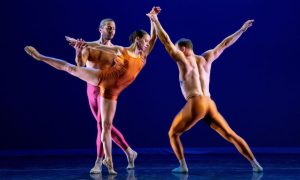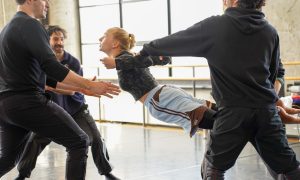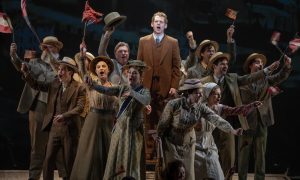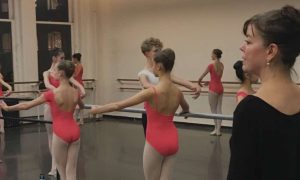Henning Rübsam is artistic director of SENSEDANCE, on faculty at Juilliard (where he introduced a dance history program for the public) and the Ailey/Fordham BFA Program in New York, and has been a visiting guest artist at several companies and internationally. Here, we speak with Rübsam about his artistic approach, measuring success and what’s on the horizon.
What’s your journey to finding dance?
“As a child, growing up in Marburg, Germany, I was always singing and dancing. Luckily, my parents enrolled me in dance classes, which I loved. Eventually, I had to decide what path to take and although I trained in ballet (and attended the Hamburg Opera Ballet School), it didn’t feel quite right until I learned about modern dance. I auditioned for Juilliard and moved to America to pursue my dreams. Juilliard provided the best possible training and afterward – through working with Alwin Nikolais and especially with Beverly Blossom – the influence of Hanya Holm, a compatriot who brought ‘weltanschauung,’ the orientation of an individual or society encompassing the whole of the individual’s or society’s knowledge, culture and point of view, forged my outlook in the world of modern dance.”
Tell us about your performing career. You’ve danced with some American modern dance pioneers.
“Although I was trained in ballet, I was drawn to the modern dance world which was less hierarchical, and more democratic in the spirit of Holm. While still at Juilliard, I toured internationally with the Limón Dance Company and after graduating, I danced with Duncan Macfarland, the Nikolais/Louis Company and Beverly Blossom, who became a mentor, and many independent creative artists. But as a choreographer, I have strived to seamlessly mix ballet and modern dance, especially when I started studying ballet with Eva Evdokimova (one of the select few who got to be named “prima ballerina assoluta”). She was the first foreigner with the Royal Danish Ballet and became an international star with her home companies being the Berlin Opera and London Festival Ballet (now English National Ballet). She was a tremendous influence on me, and we enjoyed spending time seeing and talking about dance. Her fine eye and analysis of a dancer’s performance informed me as a choreographer as well as a writer.”
What was the most difficult moment (or moments) of being a dancer in NYC?

“Injuries. At one point, I had an injury that took a long time to heal and had to find different work. A friend worked for a moving company and they needed an accountant. I taught myself Quickbooks really quickly! I walked into the interview with a dancer’s confidence, got the job and worked there for two months. It was a desk job, so when I was healed, I was ready to get back to dancing.”
How do you measure your own success?
“I make a living choreographing, performing, teaching, writing and producing. I want to build connections outside of the performing arts world and get people excited about dance. I’m interested in promoting the human cultural heritage of dance as an artist, and my identity as a dancer is about making connections with everyone I meet.”
You’re an active choreographer, with your own company, SENSEDANCE, and you just received a NYSCA choreography grant. You also work as a guest artist and on commission work. Can you talk about your style and approach to choreography?

“I love to start in the studio by myself, drawing on my first love of singing and dancing and start with movement and sound, connecting the breath. All the dancing and training creates physical habits. I don’t use counts when I move, but I like to think I am very musical. I draw on all my movement training: ballet, contemporary and modern dance, and musicals. I look for dancers who can converse with music, who are sensitive to rhythm and time. Sometimes I get push back because I’m not counting but emphasizing the music. But, then what emerges is something magical and beautiful because dancers tap into their true sense of expressivity. I also like to create a range of choreography in different dance styles which is expressed in my commissions and work with my company. Last year, Monarcas – inspired by the migrating butterflies – was performed by an international cast, as well as children, as part of gala performances produced by vildwerk. I made an appearance as a non-dancing character in street clothes, observing the butterflies and, in the end, got up to try to join them on their journey. Of course, it’s a metaphor or analogy of the old man who wants to take part in the dance of life. The dancers, including ABT’s Luciana Paris, The Royal Ballet’s Fernando Montaño and Eriko Sugimura who danced with Complexions, whimsically explored the stage in reference to the fluttery and free nature of butterflies.”
What’s on the horizon?
“The NYSCA grant I received is for a collaboration with Random Access Music Ensemble with shows in November, 2025 at Westbeth, where I had my first show in 1992, so it’s like a homecoming. I’m also working with Lycée Français in New York, on a show based on Amélie, and I am thrilled to be dancing(!) a solo program that will premiere at the festival Dissidanse in Corsica this July.”
You can follow Henning Rübsam on Instagram: @sensedancer.
By Nicole Colbert of Dance Informa.
